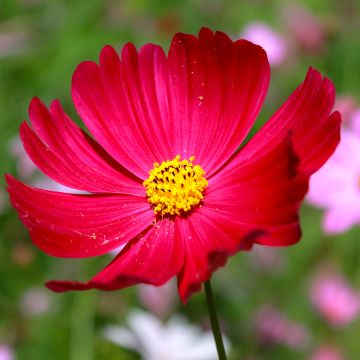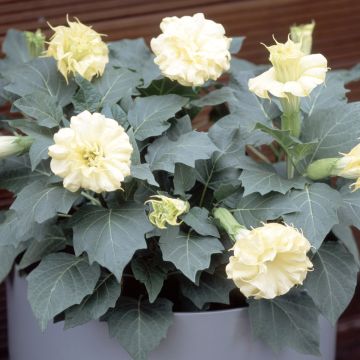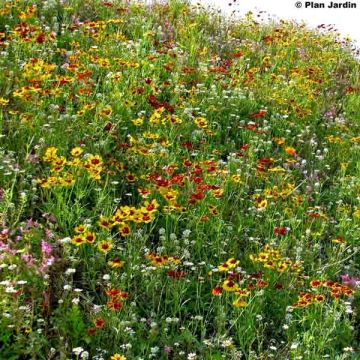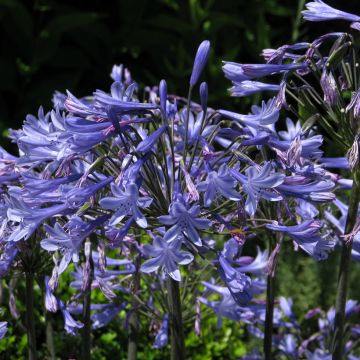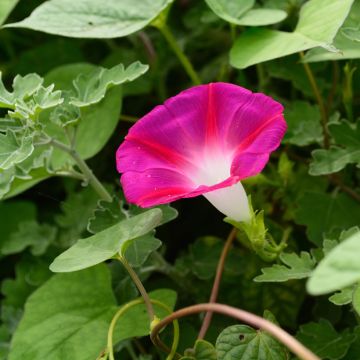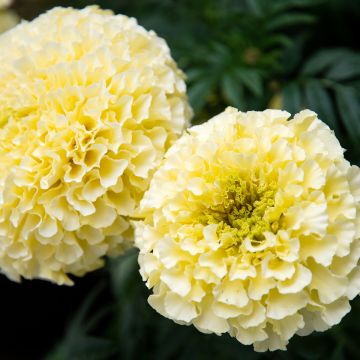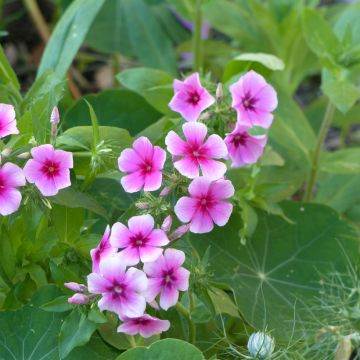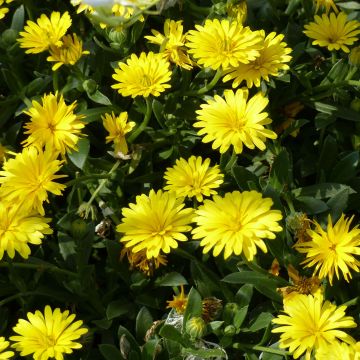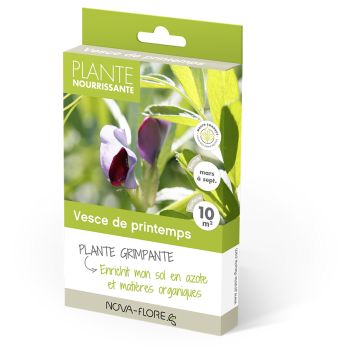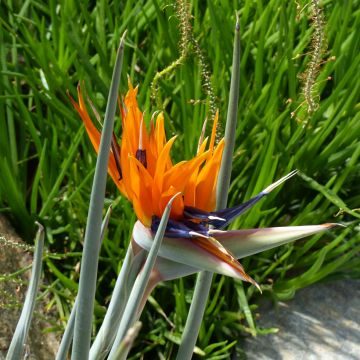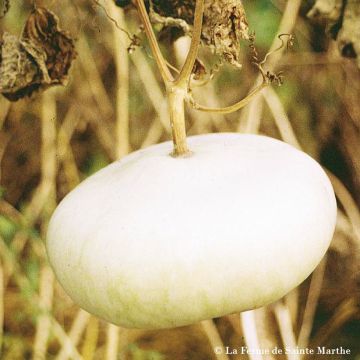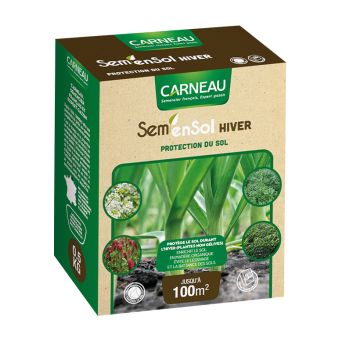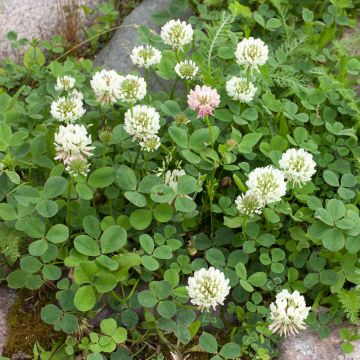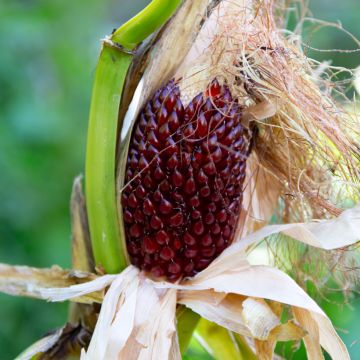

Cucumis anguria - West Indian gherkin, Burr gherkin, Gooseberry gourd


Cucumis anguria - West Indian gherkin, Burr gherkin, Gooseberry gourd
Cucumis anguria - West Indian gherkin, Burr gherkin, Gooseberry gourd
Cucumis anguria
West Indian gherkin, Burr gherkin, Gooseberry gourd
This item cannot be shipped to the selected country
Dispatch by letter from €3.90
More information
Schedule delivery date,
and select date in basket
This plant carries a 6 months recovery warranty
More information
We guarantee the quality of our plants for a full growing cycle, and will replace at our expense any plant that fails to recover under normal climatic and planting conditions.
Seed-only orders are dispatched by sealed envelope. The delivery charge for seed-only orders is €3.90.
Does this plant fit my garden?
Set up your Plantfit profile →
Description
The West Indian Gherkin, Cucumis anguria, is an original climbing or creeping plant, used for both its ornamental aspect and its curious small bristly, edible cucumbers. Its small fruits, with a refreshing taste and a hint of bitterness, are often used in cooking to prepare salads or pickles. A tropical plant with attractive foliage, it brings a touch of exoticism to the vegetable garden or balcony. This easy to grow cucumber enjoys warm and sheltered conditions.
The West Indian Gherkin is also known as the West Indian Cucumber, Brown Cucumber, West Indian Gourd, or Anguria Cucumber depending on the region. Cucumis anguria belongs to the Cucurbitaceae family, like all cucumbers, melons, or squashes. Native to the Caribbean and South America, this plant has adapted to a wide range of tropical and subtropical climates. In the wild, it is mainly found in meadow and forest edge areas. It is a climbing or creeping plant that can reach several metres in length, with thin stems equipped with tendrils that allow them to easily cling to a support. Its growth is rapid, especially in warm climates, and it can quickly cover a trellis or fence.
The leaves of Cucumis anguria are wide, lobed, slightly hairy and bright green. Flowering, which occurs in summer, takes the form of small yellow bell-shaped flowers. These flowers are unisex, male or female. They produce oval fruits, about 5 cm long. The fruits are easily recognisable by their green skin covered with small protuberances or soft spines. As they ripen, they take on a lighter hue, sometimes turning yellow. The fruit is appreciated for its crisp and slightly bitter flesh, often compared to that of the classic cucumber but with a more pronounced taste.
Harvesting takes place approximately 60 to 70 days after sowing, when the fruits are still young and tender. To extend the harvest, it is advisable to regularly pick the fruits to stimulate production.
In the kitchen, the West Indian Gherkin is consumed raw in salads or pickled, offering an interesting alternative to the classic cucumber. It can be combined with other summer vegetables such as tomatoes, peppers, or aromatic herbs like coriander and mint. The fruits keep well in the fridge for several days, and their slightly bitter taste brings an exotic and refreshing touch to many dishes.
Sow these cucumber seeds in spring, under heated cover, like vegetable varieties. Then plant them in the ground or in planters. The unusual fruits allow for the creation of all kinds of original decorations. They bring a touch of exoticism and fantasy to a fruit bowl, mixed with clusters of grapes, apples, pears, Virginia creeper leaves, mini pumpkins, and many more. Mounted on a thin metal rod, they can even be integrated into a flower bouquet, or simply combine them with Cape Gooseberries (Physalis peruviana) and small gourds in a bowl placed on the table.
Report an error about the product description
Cucumis anguria - West Indian gherkin, Burr gherkin, Gooseberry gourd in pictures


Flowering
Foliage
Plant habit
Botanical data
Cucumis
anguria
Cucurbitaceae
West Indian gherkin, Burr gherkin, Gooseberry gourd
Cucumis grossulariiformis hort., Cucumis erinaceus hort.
South America
Other Flower seeds A to Z
Planting and care
Sow Ornamental Cucumbers from March to May in 7 cm pots. Use good quality soil, possibly enriched with compost. Sow 2 or 3 seeds in a cluster (in the same hole) at a depth of 1 cm. Cover the seeds, lightly press down and water generously with a fine rain. Place your pots in the light, without direct sunlight, at a temperature of 20°C.
The seeds will germinate in 7 to 10 days. As soon as the plants reach a height of 20 cm, start acclimatising them gradually to a temperature of 15°C.
By late May to early June, the temperature will be warm enough in the garden to plant your young plants. Choose a sunny and wind-sheltered location. Add a good shovelful of compost to each planting hole. Don't forget to set up a support for them to climb on.
Throughout their growth, make sure they have an adequate water supply.
Sowing period
Intended location
This item has not been reviewed yet - be the first to leave a review about it.
Flower seeds
Haven't found what you were looking for?
Hardiness is the lowest winter temperature a plant can endure without suffering serious damage or even dying. However, hardiness is affected by location (a sheltered area, such as a patio), protection (winter cover) and soil type (hardiness is improved by well-drained soil).

Photo Sharing Terms & Conditions
In order to encourage gardeners to interact and share their experiences, Promesse de fleurs offers various media enabling content to be uploaded onto its Site - in particular via the ‘Photo sharing’ module.
The User agrees to refrain from:
- Posting any content that is illegal, prejudicial, insulting, racist, inciteful to hatred, revisionist, contrary to public decency, that infringes on privacy or on the privacy rights of third parties, in particular the publicity rights of persons and goods, intellectual property rights, or the right to privacy.
- Submitting content on behalf of a third party;
- Impersonate the identity of a third party and/or publish any personal information about a third party;
In general, the User undertakes to refrain from any unethical behaviour.
All Content (in particular text, comments, files, images, photos, videos, creative works, etc.), which may be subject to property or intellectual property rights, image or other private rights, shall remain the property of the User, subject to the limited rights granted by the terms of the licence granted by Promesse de fleurs as stated below. Users are at liberty to publish or not to publish such Content on the Site, notably via the ‘Photo Sharing’ facility, and accept that this Content shall be made public and freely accessible, notably on the Internet.
Users further acknowledge, undertake to have ,and guarantee that they hold all necessary rights and permissions to publish such material on the Site, in particular with regard to the legislation in force pertaining to any privacy, property, intellectual property, image, or contractual rights, or rights of any other nature. By publishing such Content on the Site, Users acknowledge accepting full liability as publishers of the Content within the meaning of the law, and grant Promesse de fleurs, free of charge, an inclusive, worldwide licence for the said Content for the entire duration of its publication, including all reproduction, representation, up/downloading, displaying, performing, transmission, and storage rights.
Users also grant permission for their name to be linked to the Content and accept that this link may not always be made available.
By engaging in posting material, Users consent to their Content becoming automatically accessible on the Internet, in particular on other sites and/or blogs and/or web pages of the Promesse de fleurs site, including in particular social pages and the Promesse de fleurs catalogue.
Users may secure the removal of entrusted content free of charge by issuing a simple request via our contact form.
The flowering period indicated on our website applies to countries and regions located in USDA zone 8 (France, the United Kingdom, Ireland, the Netherlands, etc.)
It will vary according to where you live:
- In zones 9 to 10 (Italy, Spain, Greece, etc.), flowering will occur about 2 to 4 weeks earlier.
- In zones 6 to 7 (Germany, Poland, Slovenia, and lower mountainous regions), flowering will be delayed by 2 to 3 weeks.
- In zone 5 (Central Europe, Scandinavia), blooming will be delayed by 3 to 5 weeks.
In temperate climates, pruning of spring-flowering shrubs (forsythia, spireas, etc.) should be done just after flowering.
Pruning of summer-flowering shrubs (Indian Lilac, Perovskia, etc.) can be done in winter or spring.
In cold regions as well as with frost-sensitive plants, avoid pruning too early when severe frosts may still occur.
The planting period indicated on our website applies to countries and regions located in USDA zone 8 (France, United Kingdom, Ireland, Netherlands).
It will vary according to where you live:
- In Mediterranean zones (Marseille, Madrid, Milan, etc.), autumn and winter are the best planting periods.
- In continental zones (Strasbourg, Munich, Vienna, etc.), delay planting by 2 to 3 weeks in spring and bring it forward by 2 to 4 weeks in autumn.
- In mountainous regions (the Alps, Pyrenees, Carpathians, etc.), it is best to plant in late spring (May-June) or late summer (August-September).
The harvesting period indicated on our website applies to countries and regions in USDA zone 8 (France, England, Ireland, the Netherlands).
In colder areas (Scandinavia, Poland, Austria...) fruit and vegetable harvests are likely to be delayed by 3-4 weeks.
In warmer areas (Italy, Spain, Greece, etc.), harvesting will probably take place earlier, depending on weather conditions.
The sowing periods indicated on our website apply to countries and regions within USDA Zone 8 (France, UK, Ireland, Netherlands).
In colder areas (Scandinavia, Poland, Austria...), delay any outdoor sowing by 3-4 weeks, or sow under glass.
In warmer climes (Italy, Spain, Greece, etc.), bring outdoor sowing forward by a few weeks.


































